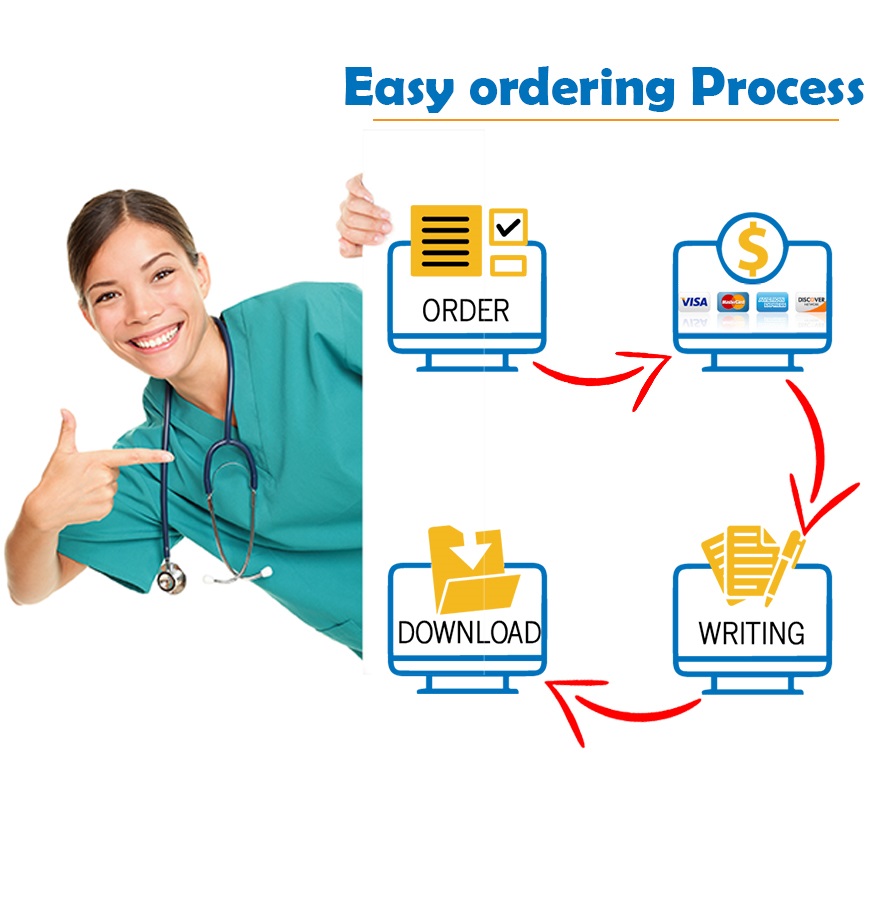“The mission of the Financial Accounting
Standards Board is to establish and improve standards of financial accounting
reporting for the guidance and education of the public, including issuers,
auditors, and users of financial information.” (http://www.fasb.org)
Project Objective
Describe the history, current status, and
adoption implications of a Financial Accounting Standards Board ongoing
project.
Requirements
The FASB has several ongoing projects that
involve the review of standards and which may result in updates and/or
revisions of financial accounting standards. You should select an ongoing FASB
project after visiting the Technical Plan and Project Updates sections of the
FASB Web site.
In a five- to seven-page paper, you should
describe the project, its history (briefly), and the project’s status. The
final section of your paper should describe the implications of the project’s
adoption. For example, a paper might discuss a project that would result in accelerating
the recognition of certain expenses and require additional disclosures.
Specifically:
Familiarize yourself with the project,
including information on the history and background of the project and its
status.
Using resources at www.fasb.org (including
free access to U.S. GAAP codification if you register at the Web site as
explained), identify the relevant GAAP and current standards involved. Discuss
the proposed change (i.e., what will be different?) and the reasons for the
change.
Using at least three different databases in
the UMUC library, find at least five sources of information on this FASB
project. As you conduct research, identify an actual case that may have
provided the impetus for this proposed change, or that would have been
influenced by the proposed change. At least two sources should be from
scholarly or professional journals. Maintain a research log to document your
research process. You will find a research log template (sample research
tracker) posted in Course Content.
Frequently the large Accounting Firms have
extensive analyses of FASB topics. It is strongly recommended to become
familiar with these websites.
Occasionally they will also offer free webinars on FASB topics.
Prepare an annotated bibliography. See Course
Content for more information and a sample annotated bibliography.
Identify stakeholders and the impact of the
proposed change on each of the stakeholders (comment letters may provide good
insight).
Deliverables
Write a five- to seven-page paper (APA format,
single spaced, standard paper size, one-inch margins, and 12-pointfont)
presenting the results of your work. Submit your paper, research log, and
annotated bibliography by the due date, or as otherwise instructed. Cover pages, abstract/ executive summary,
table of content if you chose to include or bibliography / reference lists do
not count toward page count.
Format
Submit your paper and annotated bibliography
as a Word document. The research tracker can be in either Word or Excel.
Grading
The written communication aspect of this
assignment is weighted at 50 percent of the total assignment. The grading will
be allocated equally in the following areas:
assignment management
organization and structure
evidence and arguments
readability, style, and mechanics
presentation
INFO-CLA
The annotated bibliography is worth 25% of the
grade; and the research tracker is worth 25%.
"Looking for a Similar Assignment? Order now and Get 10% Discount! Use Code "GET10" in your order"





